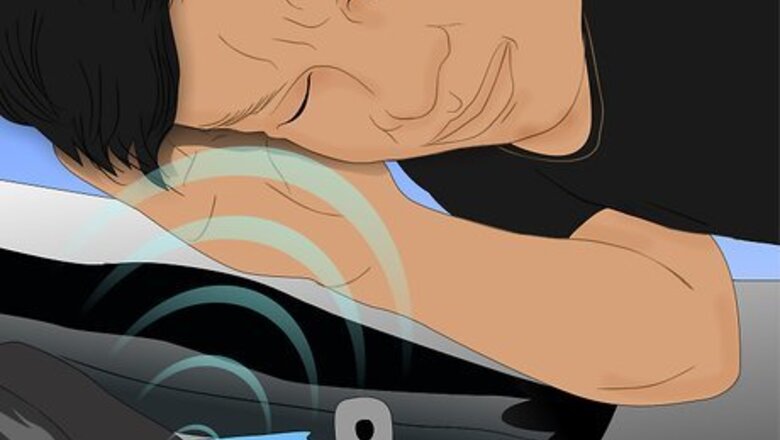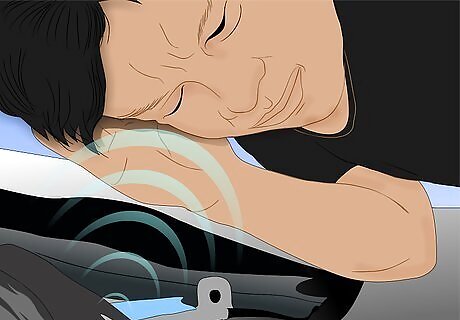
views
- Use a voltmeter to check your alternator; rev your engine to 2000 RPM, keep the engine running, and test the battery with the voltmeter.
- If your voltage goes from ~12.2 V to ~13-14.5 V, your alternator is doing well. If your V stays the same or decreases, that's a bad sign.
- Alternatively, take your car into an autobody shop that's willing to test your alternator for you, free of charge.
Using a Voltmeter
Buy a voltmeter. You can find one at any auto parts store for less than $20. Don't worry about getting an expensive one; a cheap voltmeter will do for this purpose. If you have a multimeter, you can use that instead. A multimeter measures voltage as well as other electrical properties such as current and resistance. You want to measure voltage when you're checking your alternator.
Check the battery first. The battery is needed to start the vehicle, which, in turn spins the alternator at sufficient speed to keep the battery charged. This means that if your battery is too low, you will be unable to start the vehicle and thus you will also be unable to test the alternator, rendering any additional voltmeter-testing totally useless. If the weather is cold or your battery is old, your battery could be the issue and your alternator might be just fine. That's why you need to check the battery before checking the alternator. Here's how to do it: Turn off the car. You'll want to make sure your engine is off before attaching the voltmeter. Open the hood. Connect the voltmeter to the battery. Place the red lead of the voltmeter to the positive battery terminal and the black lead to the negative terminal. Avoid touching your skin to the battery. Read the voltmeter. If the battery reads above 12.2 volts, it has enough juice to start the alternator, which can then be tested with the voltmeter. If the battery doesn't have enough voltage, either get the battery charged and re-test or try a different method for checking the alternator.
Start the vehicle and rev the engine to 2,000 RPM. This will draw power on your battery, which should cause your voltage regulator to kick the alternator into high gear.
Keep the engine running and retest the battery with the voltmeter. When you read the voltmeter this time, the voltage should go up to at least 13. If varying the RPMs causes the voltage to fluctuate between 13 and 14.5 volts, your alternator is in good shape; if, on the other hand, the voltage remains the same or decreases, your alternator isn’t working properly. Repeat the process with the lights, radio, and AC on. The alternator is charging if the battery voltage stays above 13 volts with the engine at 2,000 rpm and all accessories on.
Monitoring Your Alternator
Check the alternator gauge. If you have a volt/amp gauge, it will read the alternator output for you. Run engine at 2,000 rpms for tests and turn on the blower fan for the AC or Heater, the headlamps, and any other accessories that put a strain on the alternator, and watch the gauge to see if it decreases voltage or amperage. As a rule, if the voltmeter is higher when the engine is running than when the engine is not, you can confidently assume that the alternator is charging.

Listen to the alternator while the engine is running. If there is a problem with the bearings you may hear a squealing sound coming from the front of the car, which becomes louder with more electrical accessories using power at the same time.
Turn the radio on and rev the engine. Tune your radio to a low number on the AM band with no music. If the radio whines or goes fuzzy whenever you hit the gas, the alternator is quite likely the culprit.
Find an auto-parts store that tests alternators for free. Since every store would love for you to buy your new alternator from them, many will try to get the edge-up on their competitors by offering free testing. Dismount your alternator and bring it in to be sure.

















Comments
0 comment